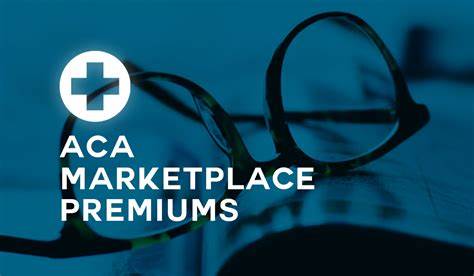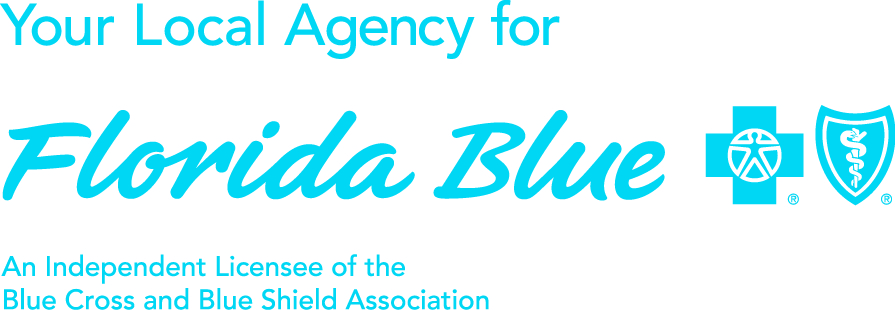ACA / Marketplace Information

FEDERAL POVERTY LEVELS FOR 2022 HEALTH COVERAGE48 CONTIGUOUS STATUS AND D.C.
SUBSIDY / TAX CREDIT -- CONTACT US TO SEE HOW MUCH YOURS WILL BE!
| Persons in Household | 100% | 150% | 200% | 250% | 400% |
|---|---|---|---|---|---|
| 1 | $12,880 | $19,320 | $25,760 | $32,200 | $51,520 |
| 2 | $17,420 | $26,130 | $34,840 | $43,550 | $69,680 |
| 3 | $21,960 | $32,940 | $43,920 | $54,900 | $87,840 |
| 4 | $26,500 | $39,750 | $53,000 | $66,250 | $106,000 |
| Each additional person | add $4,540 | add $6,810 | add $9,080 | add 11,350 | add $18,160 |
FEDERAL POVERTY LEVELS FOR 2023 HEALTH COVERAGE
This is an outline of the Federal Poverty Level (FPL) income ranges that will qualify for financial assistance for enrollment in 2023 coverage On Marketplace. Updated for rules under the American Rescue Plan.
| Household Size | 100% FPL | 150% FPL | 200% FPL | 250% FPL | 400% FPL |
|---|---|---|---|---|---|
| 1 | $13,590 | $20,385 | $27,180 | $33,975 | $54,360 |
| 2 | $18,310 | $27,465 | $36,620 | $45,775 | $73,240 |
| 3 | $23,030 | $34,545 | $46,060 | $57,575 | $92,120 |
| 4 | $27,750 | $41,625 | $55,500 | $69,375 | $111,000 |
| Each additonal person | $4,720 | $7,080 | $9,440 | $11,800 | $18,880 |
- Florida did not expand Medicaid. Therefore, tax credits may be available as listed above for people with incomes above 100% of FPL
- Household incomes below 100% FPL do not qualify for federal financial assistance to obtain health insurance coverage1
- Household incomes above 100% FPL may qualify for Advance Premium Tax Credits to offset premium costs
- Household incomes between 100 – 250% FPL may also qualify for Silver with Cost-Sharing Reductions (lower out-of-pocket costs)
- Access to Silver Cost Share Reduction plans is not affected by federal decisions to fund the Cost Share Reduction program
- Applicant cannot be enrolled in or eligible for government sponsored Minimum Essential Coverage (e.g. certain Medicaid or Medicare)
- Applicants eligible for group plans through their employer, or through a household family member who is offered employer coverage, may still qualify for a financial assistance on the
- Marketplace if the group plan is not affordable (the employee’s con
For example: As of Jan. 1, 2023, a fix for the “family glitch” will establish separate affordability tests for the employee (based on the cost of self-only coverage) and dependents (based on the cost of family coverage). These tests will use the same percentage of household income (9.12% in 2023), so it is possible that coverage could be considered affordable for the employee but not for dependents. In that case, the dependents in the same tax household would potentially be eligible for a premium tax credit in the Marketplace, but the employee would not
‹ Back




 Elliot Glass has been a leader in the insurance industry since 2012. His experience and reputation enable him to best serve his valued clients by understanding their individual needs and offering common-sense solutions. This process saves time, money and provides peace of mind for you and your family.
Elliot Glass has been a leader in the insurance industry since 2012. His experience and reputation enable him to best serve his valued clients by understanding their individual needs and offering common-sense solutions. This process saves time, money and provides peace of mind for you and your family.
.png)